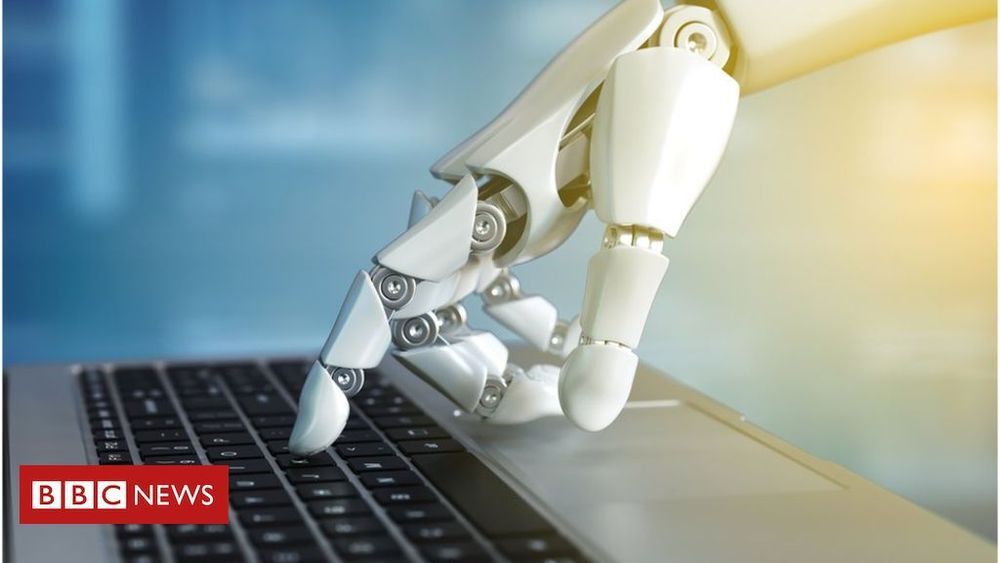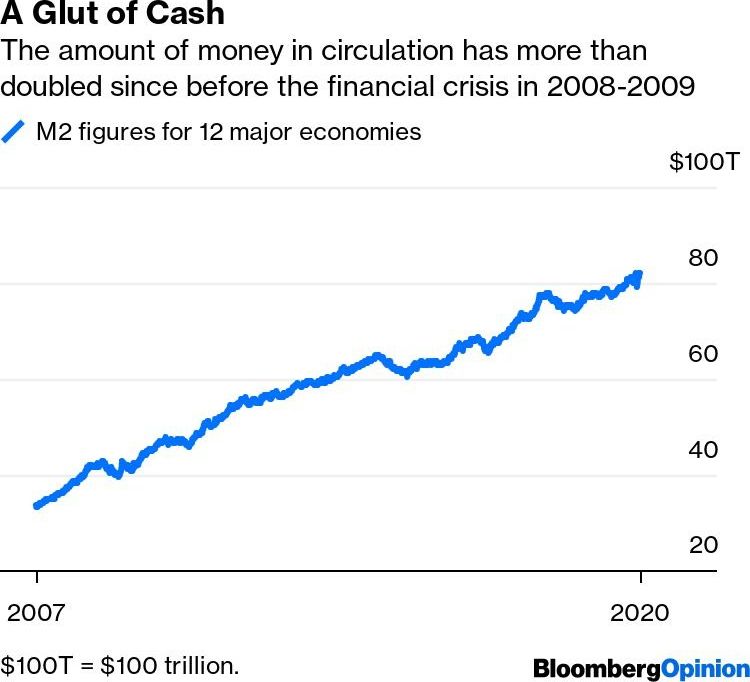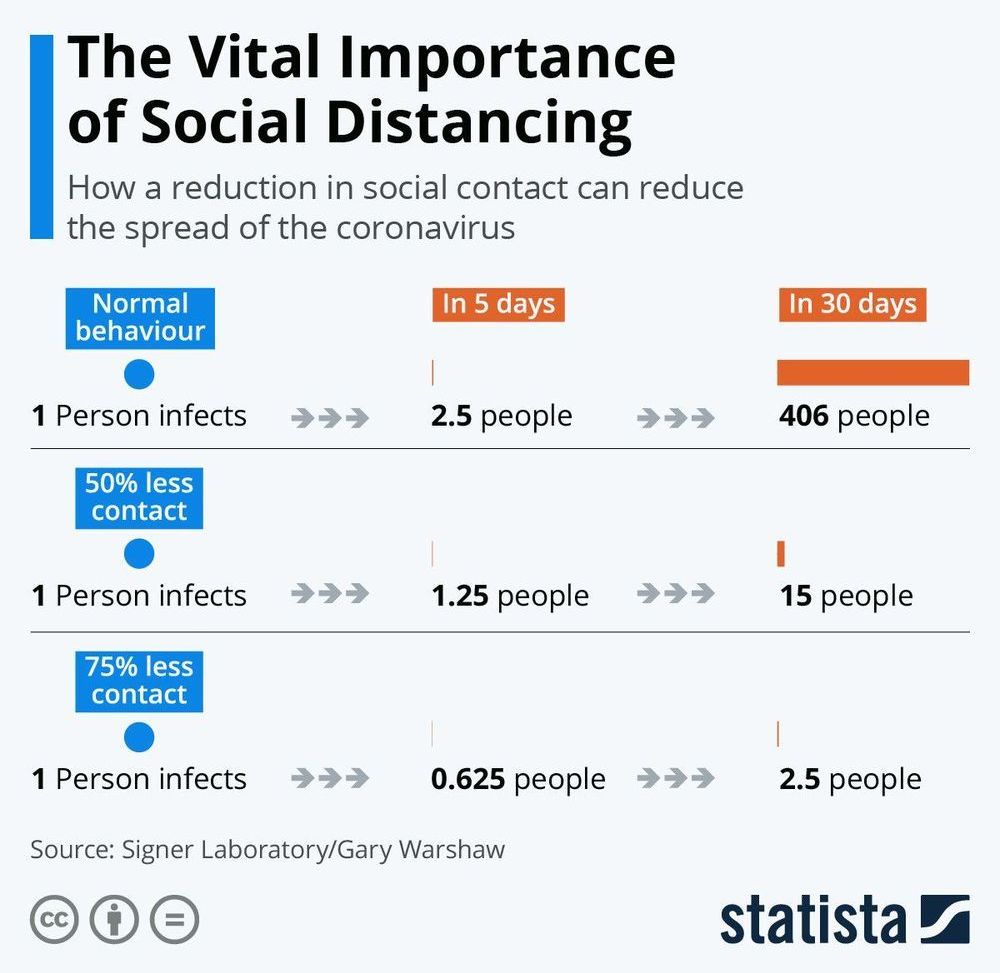The economic impact of the coronavirus pandemic has governments struggling with how to restart a global economy that has come to a grinding halt. Some short term needs have to be addressed as soon as possible — avoiding starvation, extending unemployment benefits, and arranging for emergency healthcare for those infected. But even as the world faces such daunting tasks, decisions made today will have enormous consequences for the future. While the emergency today is great, a much bigger emergency waits just around the corner as the Earth continues to overheat.
Governments in thrall to fossil fuel interests, such as the United States, see the virus as a chance to roll back advances in renewable energy. After all, the oil and gas industries provide for 10,000,000 jobs around the world. Surely those jobs must be protected, right?









